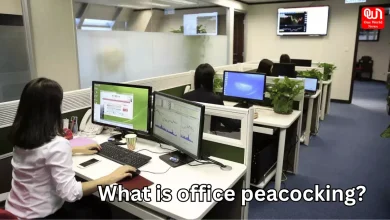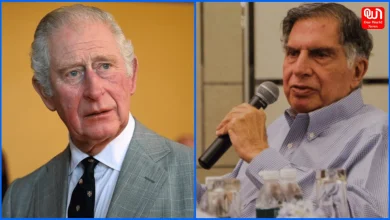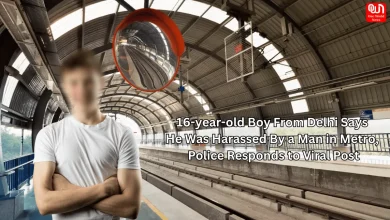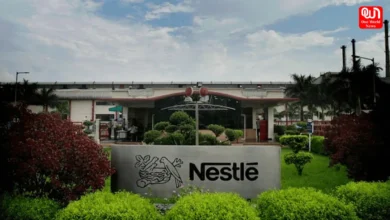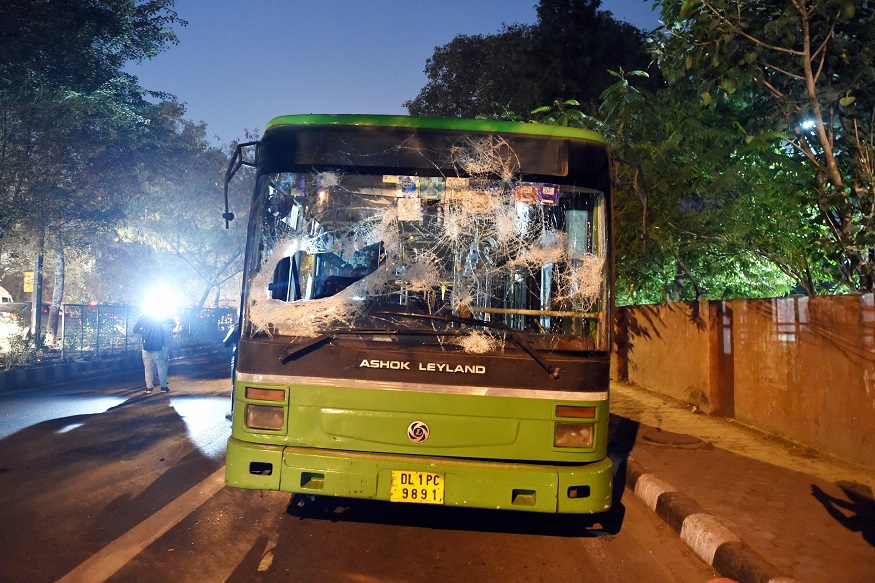
A person can be punished with a jail term up to five years and a fine or both
Recently Jamia violence led a massive fire of debate on several things. It included the public property destruction, police vandalism, and presence of anti-social elements in student’s protest. A Supreme Court bench headed by CJI SA Bobde expressed displeasure over destruction and rioting of public property. The Chief Justice of India, while hearing the petition on alleged police excesses on students of Jamia and AMU students, said that police will take action if public property is damaged. In this article, we are going to understand the various aspects of law about public property destruction.
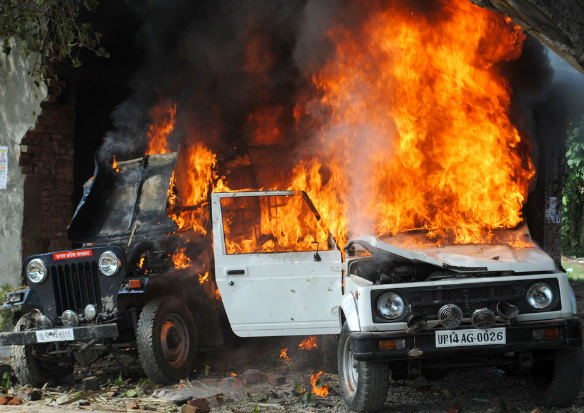
Law against public property destruction
According to the Prevention of Damage to Public Property Act, 1984, anyone can be punished with a jail term up to five years and a fine or both, who commits mischief by doing any act in respect of any public property. Provisions of this law can be coupled with those under the Indian Penal Code.
Any building, installation or other property used in connection with the production, distribution or supply of water, power or energy, light, any oil installation, any mine or factory, any sewage works, any means of public communications or transportation comes under the public property under this act.
However, there have been instances on several earlier occasions which found the law inadequate and has attempted to fill the gaps through guidelines.
Read more: What is Personal Data Protection Bill? Everything you need to know
What the SC Said?
During the suo motu cognizance in 2007, where there was large scale destruction of public and private properties in the name of agitations, hartals, bandhs, the court set up two Committees headed by apex court judge Justice K T Thomas and senior advocate Fali Nariman to suggest changes the law.
In 2009 case of Destruction of Public & Private Properties vs State of AP and Ors, the Supreme Court issued guidelines based on the recommendation of the two committees headed by Justice K T Thomas and senior advocate.
The Supreme Court accepted the recommendation of The Thomas Committee which recommended -reversing the burden of proof against protestors. The Court said that prosecution should be required to prove that public property was directly damaged by the organization and also the accused took part in such direct action.
The Court said that from that stage the burden can be shifted to the accused to prove his innocence. It said that a law must be made to give the court the power to draw a presumption that the accused is guilty of destroying public property.
The Nariman Committee recommended that the rioters should be made strictly liable for the damage, and compensation would be collected to “make good” the damage.
Impact of guidelines
Similar to the law, the guidelines too not were impactful as it is very difficult to identify the protestors especially when there is no leader who called the protest.
Have a news story, an interesting write-up or simply a suggestion? Write to us at info@oneworldnews.in


